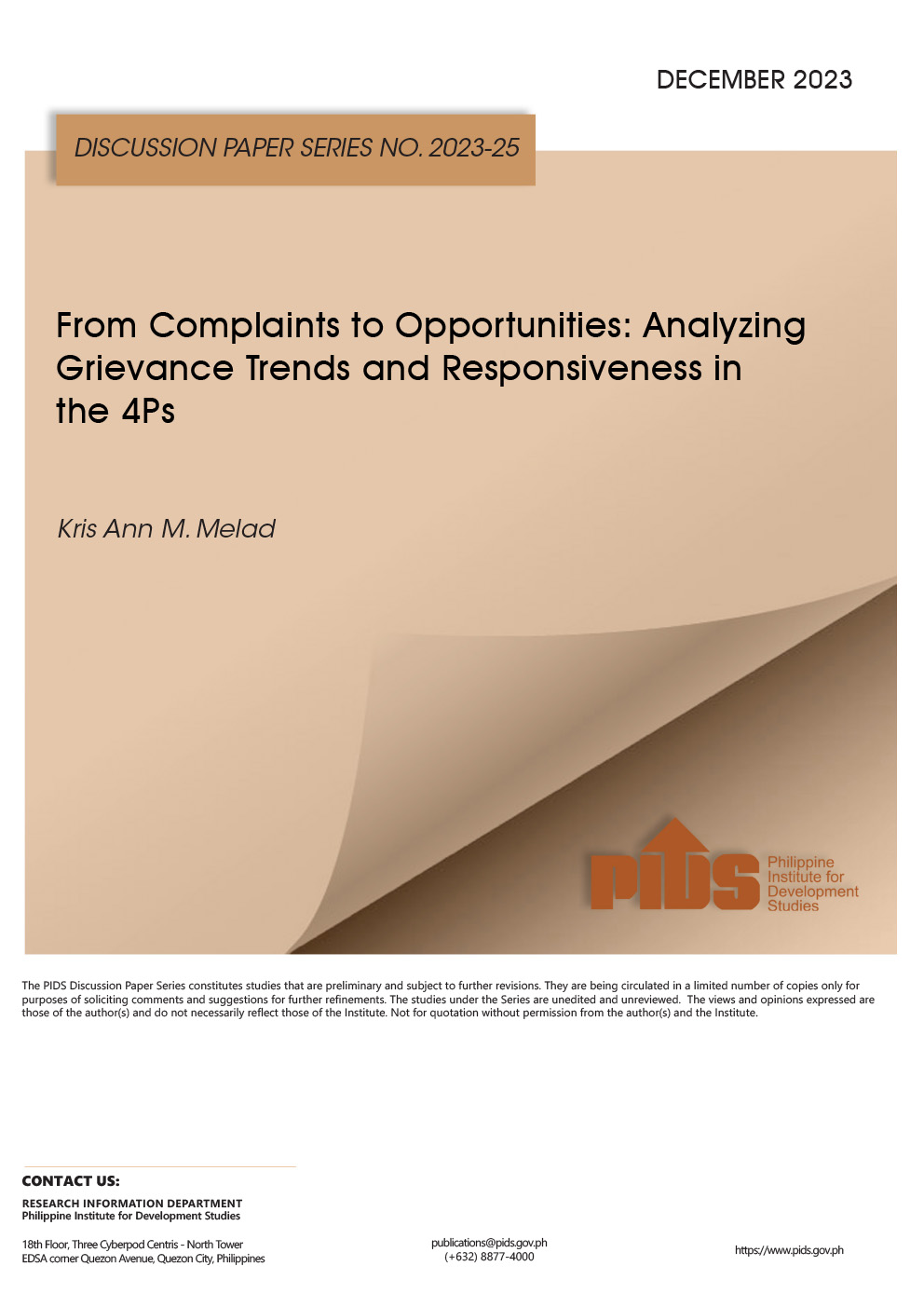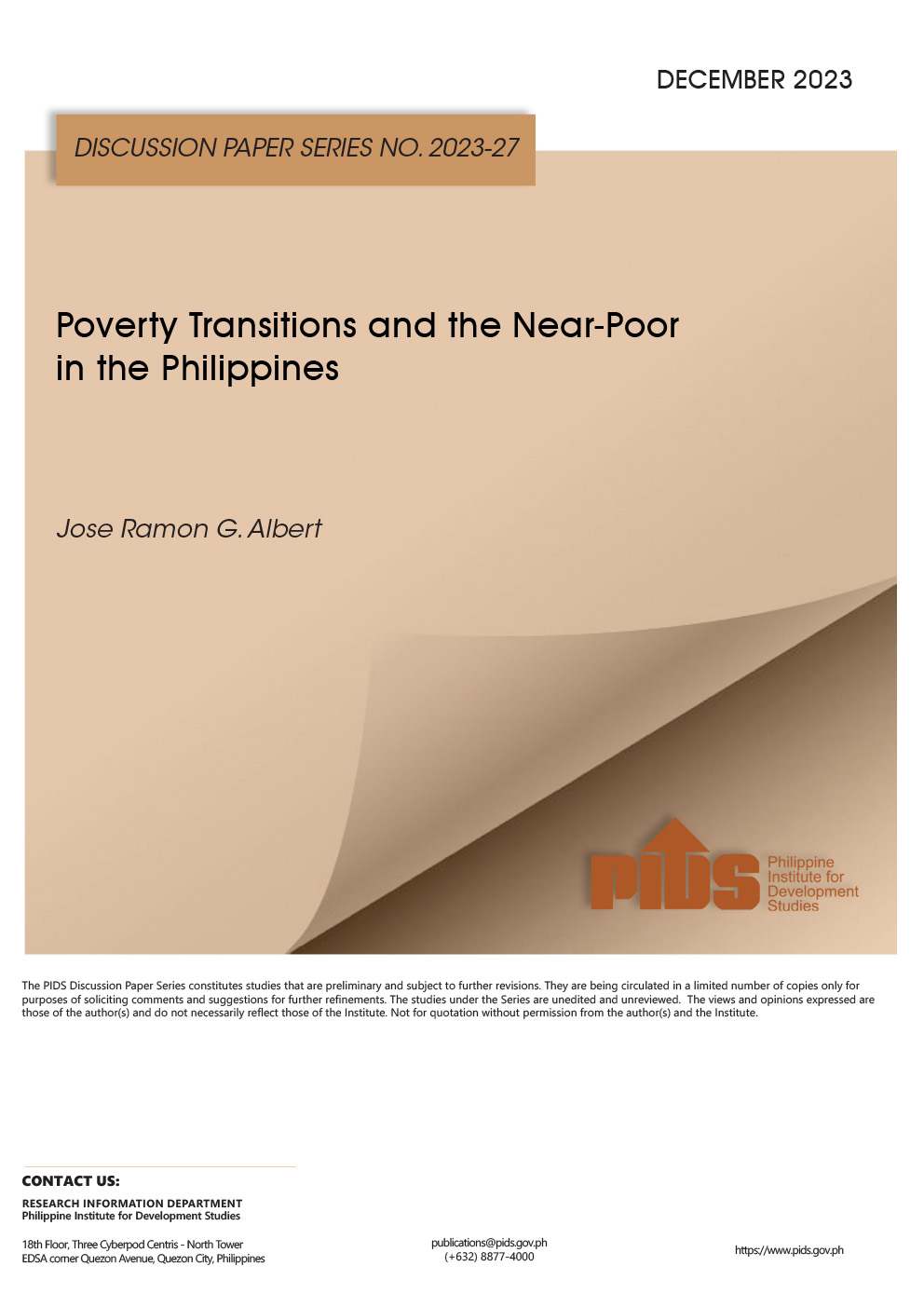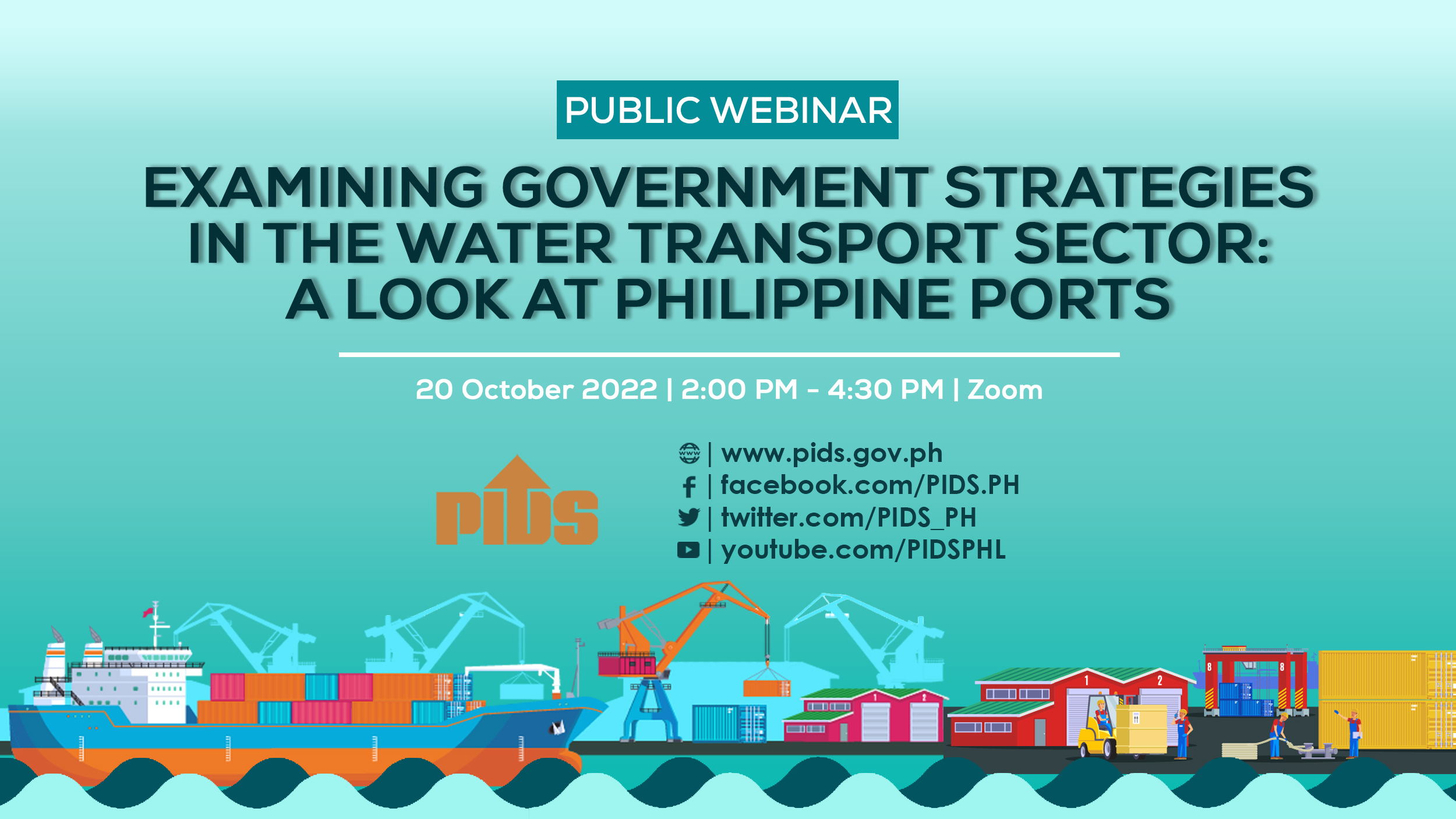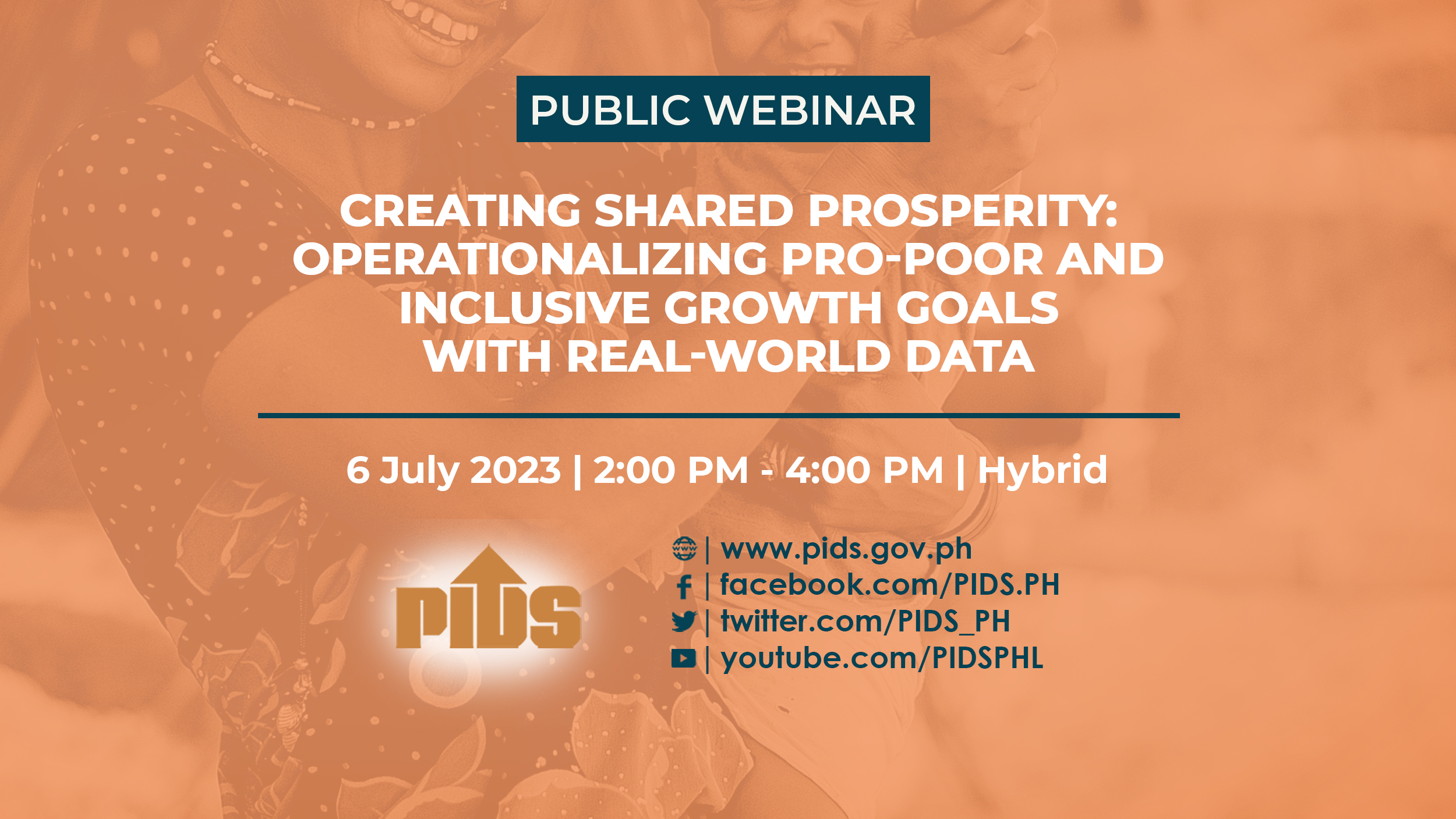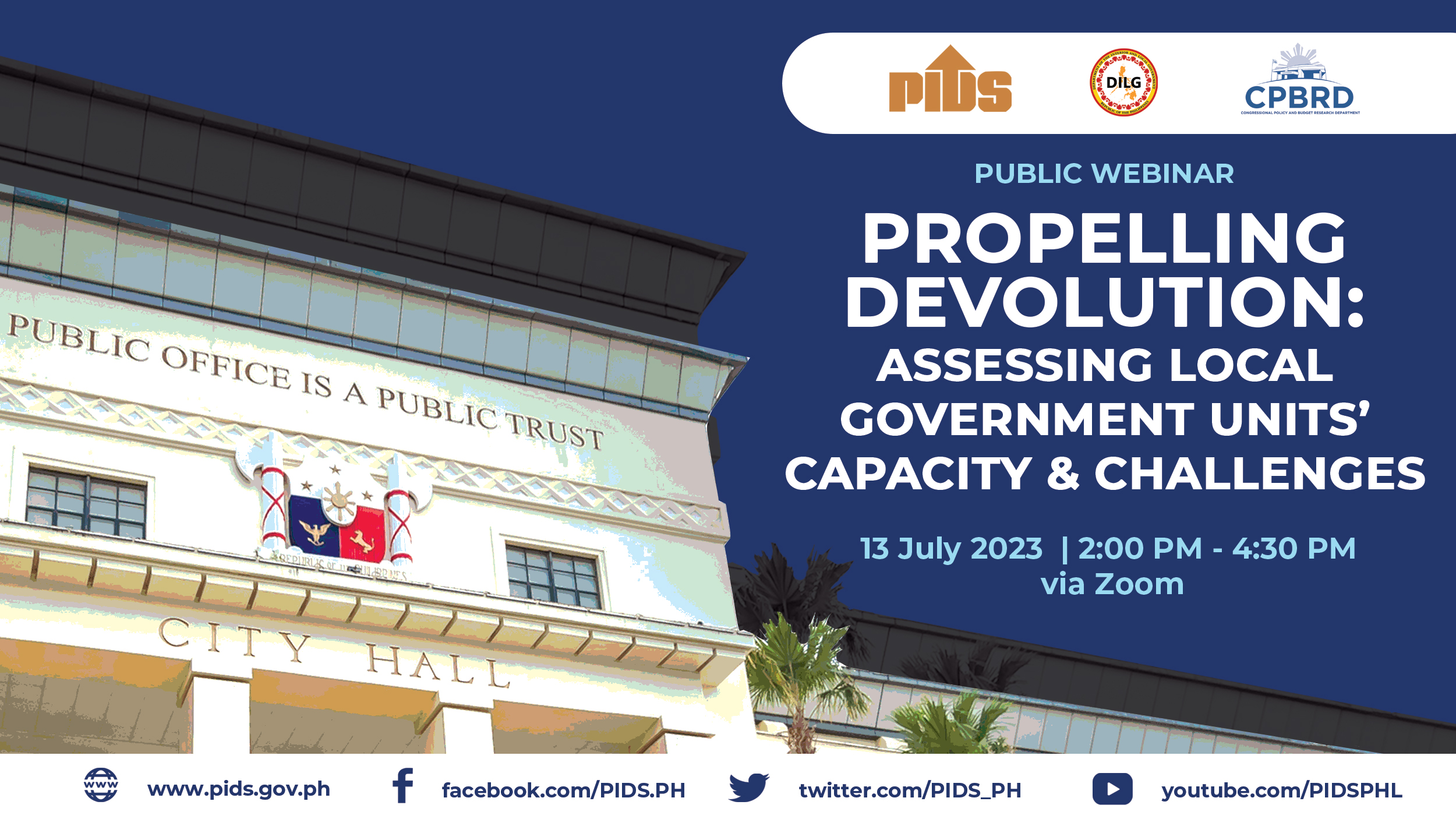Some 17 million Filipinos are expected to remain poor next year as the government may likely fail to meet its poverty target by 2022, according to the National Economic and Development Authority (Neda).
In a Senate hearing on Thursday, Socioeconomic Planning Secretary Karl Kendrick T. Chua said by next year, the country’s poverty rate would be reduced to 15.7 percent. This is 1.7 percentage points higher than the 14-percent target set by the Duterte administration.
Chua said if it were not for the pandemic, a poverty rate of 14 percent by 2022 would have easily been met. However, due to the need to contain the virus, the government had to impose mobility restrictions, which caused job losses and led to an increase in poverty.
“We are hoping that by next year we will improve to as low as 15.7 percent. These are of course very fluid because every time there is a surge, that creates the need for an ECQ [enhanced community quarantine] and there is the corresponding increase in the number of unemployed and poor. The sooner we address this, recover and catch up, the sooner we can bring the poverty reduction trend back,” Chua said.
Chua said in 2015, the country’s poverty rate was at 23.5 percent but this was reduced to around 17 percent in 2018 due to various reforms instituted by the Duterte administration.
However, due to the pandemic, the poverty rate increased to 18.3 percent covering 20 million of the country’s population. This year, poverty incidence is expected to decline to 17.5 percent or 19 million poor Filipinos.
“It is declining but we want it [to decline] faster,” Chua said.
This week, local economists, however, said the increase in inflation will likely temper Philippine economic growth in the second half of the year and make it more difficult for poor Filipinos to meet their basic needs.
They made the assessment as the Philippine Statistics Authority (PSA) reported that the country’s inflation rate increased to 4.9 percent in August, the highest since December 2018 when it was at 5.1 percent. (See: https://businessmirror.com.ph/2021/09/07/as-food-prices-rise-inflation-jumps-to-2-year-high-of-4-9-in-august/).
The PSA data also showed the inflation rate experienced by the poorest Filipinos or the Bottom 30 percent of the population was higher at 5.2 percent in August. This is also the highest since January 2019 when the inflation rate also averaged 5.2 percent.
University of Asia and the Pacific School of Economics Dean Cid L. Terosa told the BusinessMirror that economic recovery is crucial in poverty reduction. The growth of the economy allows for the creation of more jobs, giving more Filipinos the opportunity to secure their livelihoods.
Ateneo Eagle Watch Senior Fellow Leonardo A. Lanzona Jr. and Philippine Institute for Development Studies (PIDS) Senior Research Fellow Roehlano M. Briones told the BusinessMirror that higher inflation will not automatically lead to an increase in poverty.
Lanzona explained that higher inflation can be good for the economy if rising commodity prices stemmed from greater demand. This will lead to higher labor productivity and incomes for Filipinos.
However, in a briefing on Tuesday, National Statistician Claire Dennis S. Mapa said the increase in inflation was mainly due to supply constraints. This, he said, was observed in the 12.4-percent increase in fish prices.
Mapa said vegetable prices rose 13.5 percent in August because of bad weather and restrictions in certain areas which made the transport of these goods more expensive.
17 million Pinoys likely to remain poor as government misses 2022 poverty goal

